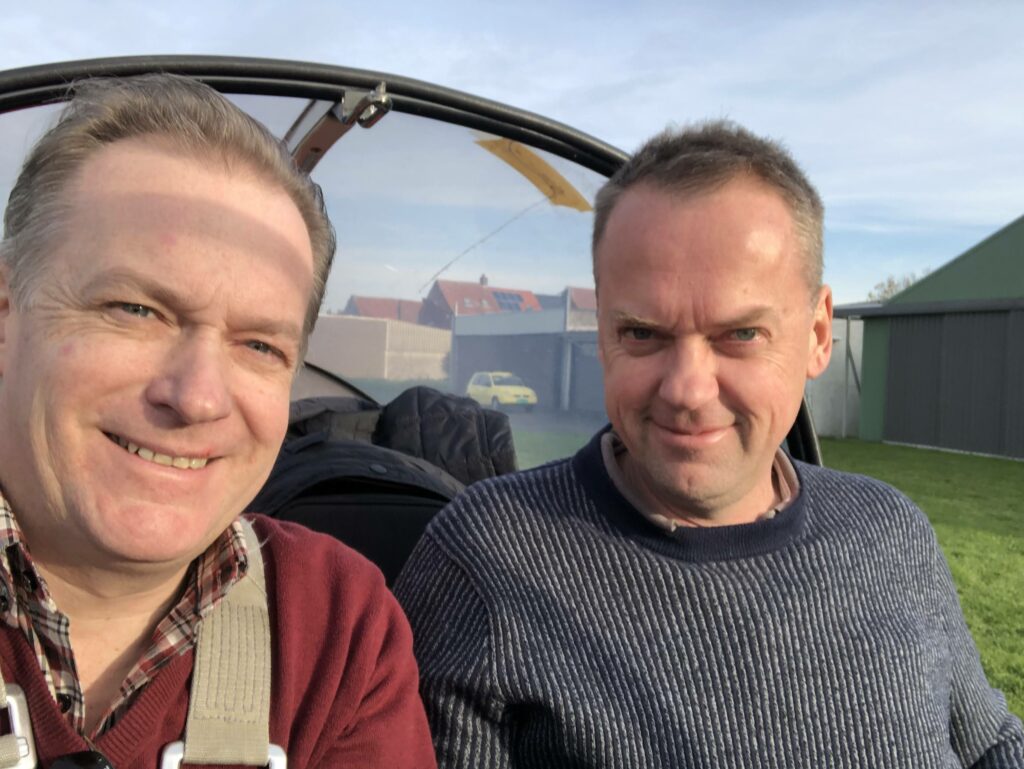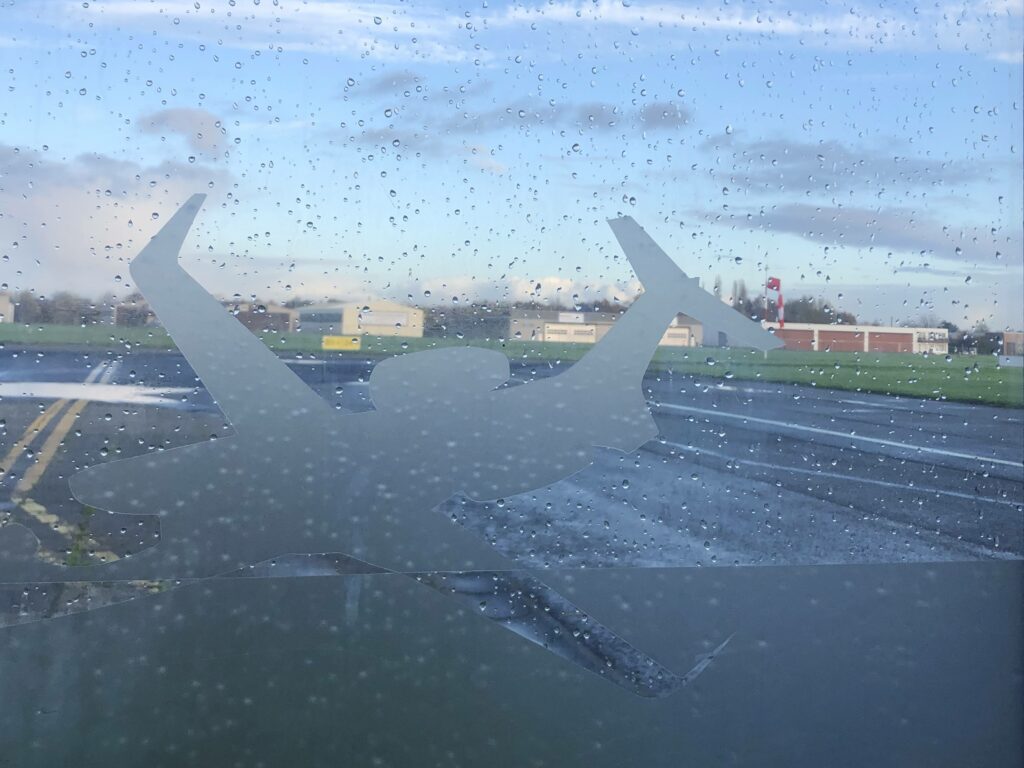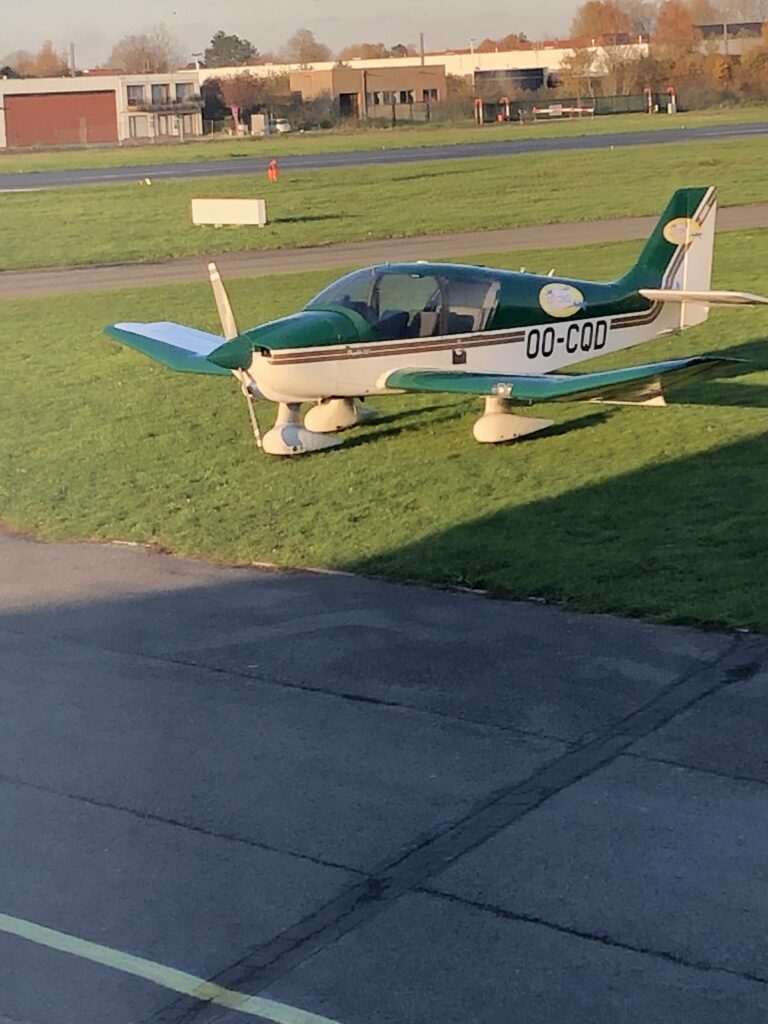As indicated many times, one of the major goals of my training the last couple of years is to become a Flight Instructor. Why? Well, not only do I want to give back to the flying community, I also want to experience the satisfaction of properly and safely training pilots so they can do their first takeoff, their first solo, their first navigation etc.

Another reason why I want to become a Flight Instructor is that it allows me to continue learning and growing as a pilot myself. Teaching others requires a deep understanding of the subject matter, and constantly explaining complex concepts and procedures to students helps to solidify my own knowledge and skills. It also keeps me up to date on the latest developments in aviation, as I am constantly researching and staying informed in order to provide the best instruction possible.
Additionally, becoming a Flight Instructor will give me the opportunity to inspire and mentor the next generation of pilots. Seeing the excitement and passion in my students as they take to the skies for the first time is an incredibly rewarding experience, and I want to be able to play a role in helping others achieve their dreams of becoming a pilot. I truly believe that by training others, we can help to ensure the continued growth and safety of the aviation industry.

So end 2019 I set out to find a ATO that offers the Flight Instructor Instruction course. I contacted three schools in my part of the country, and I ended up selecting Alfako Flight School in Kortrijk (EBKT). My choice was mainly inspired by its closeness to my work place, by its flexibility with my schedule (basically weekends and evenings after work) en based on the price quoted. It turned out to be a good choice !
However, as the rest of the world, at the time of my choice, I was unaware of the enormous impact our society would have to endure in 2020 and 2021.
So I set out following the theory part of this training:
- Classroom teaching about principle of teaching and methods
- Re-studying the full PPL course
- Preparing and giving Long Briefings
- Preparing and giving preflight briefings
Also, we started with some first teaching flights on the school’s Robin R2112 and Robin DR400… and that’s when I got to sit on the righthand seat for the first time.
Flying from the right-hand seat of an aircraft is a unique and exciting experience. As a Flight Instructor, I am now responsible for not only my own flying, but also for the safe operation of the aircraft and the instruction of my students. It can be challenging and nerve-wrecking at first, but with time and experience, it becomes a natural and enjoyable part of the job.
Sitting in the right-hand seat gives you a different perspective of the aircraft, the environment, and the flight itself. For example, you’re now facing the opposite direction and can see the aircraft’s attitude and movements from a different angle. This can be beneficial for teaching students how to visually judge the aircraft’s attitude and movements, which is a fundamental skill of flying. You also have a better view of the instructor pilot’s actions and the communication between the two pilots. This allows you to learn how to effectively communicate with other pilots in the cockpit and better understand the different roles and responsibilities of the pilot and the Flight Instructor.

When flying from the right-hand seat of an aircraft, it can take some getting used to when it comes to landing on the centerline of the runway. Since I am used to visual references and procedures that are designed for landing from the lefthand seat on the centerline of the runway, it can be a bit disorienting at first to adjust to landing from the right side. You always land right from the centerline ! However, with practice and experience, it becomes second nature.
So in the beginning of the 30hrs flight course required to be able to start the FI(A) Assessment of Competence as per EASA, we focused on the mindset and the tips and tricks on how to teach and handle students. Also on relearning how to fly 🙂
And then COVID hit and the flight school closed. Well … not entirely … we continued training doing briefing from remote via video conference (Skype) and that worked out really well. We were 3 to 4 FI students at that time … all stuck at home, so we did prepare briefings and we did give each-other briefing on the various steps in the EASA PPL curriculum. We turned this period into a real meaningful time.
When the COVID lockdowns relaxed, I took up real flying again and we were able to finish the course in … 19 months .. yes that’s how long it took to finalise all theory and practical training. Not the fault of the school or its FII instructors, but of the circumstances surrounding the pandemic.
In the course, I also added the ability to instruct Night Flying, an added item on my list of priviliges, and one that I used pretty quickly.
The final step was to arrange the Assessment Of Competence by a FIE, and that worked out well. the day before that flight test, he asked me to prepare the course on Practise Forced Landing. I had to give him a long briefing while sitting next to him in the school, and later demonstrate that lesson in the air. I did well and I got my Flight Instructor rating after passing the necessary paperwork !
However under EASA rules in Europe, you do not become immediately a full Flight Instructor. First you are “restricted” and you must teach 100 flight hours ànd supervise 25 solo flights. That last item it the hardest to obtain. While you are restricted, the main limitation is that you cannot declare a student fit for first solo.
Now, let’s start instructing !

